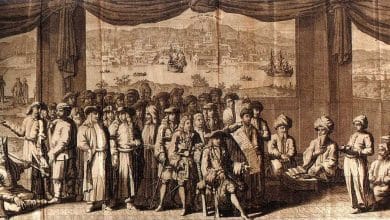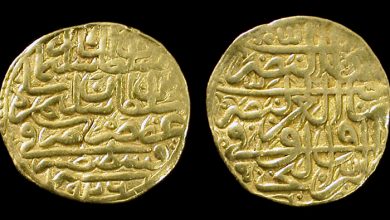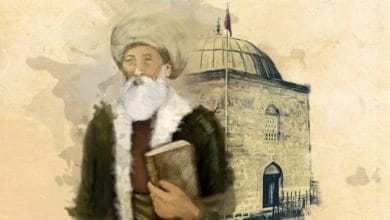Portrait of last Byzantine emperor who fell in conquest of Constantinople found
Rare fresco of Constantine XI Palaiologos discovered in Greece
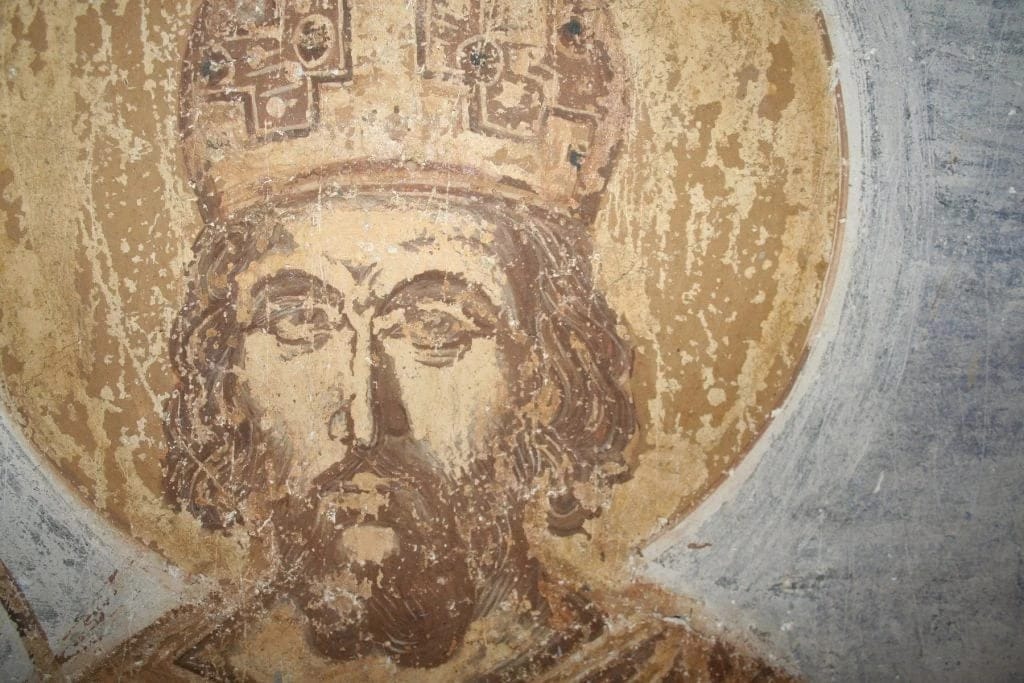
Archaeologists in Greece have uncovered a rare and historically significant fresco depicting the last Byzantine Emperor, Constantine XI Palaiologos. Found in the Holy Monastery of Pammegiston Taxiarchon in Aigialeia, western Greece, this 15th-century artwork is believed to have been created during the emperor’s lifetime. Experts suggest it may be the last known portrait of any Byzantine emperor made while they were still alive.
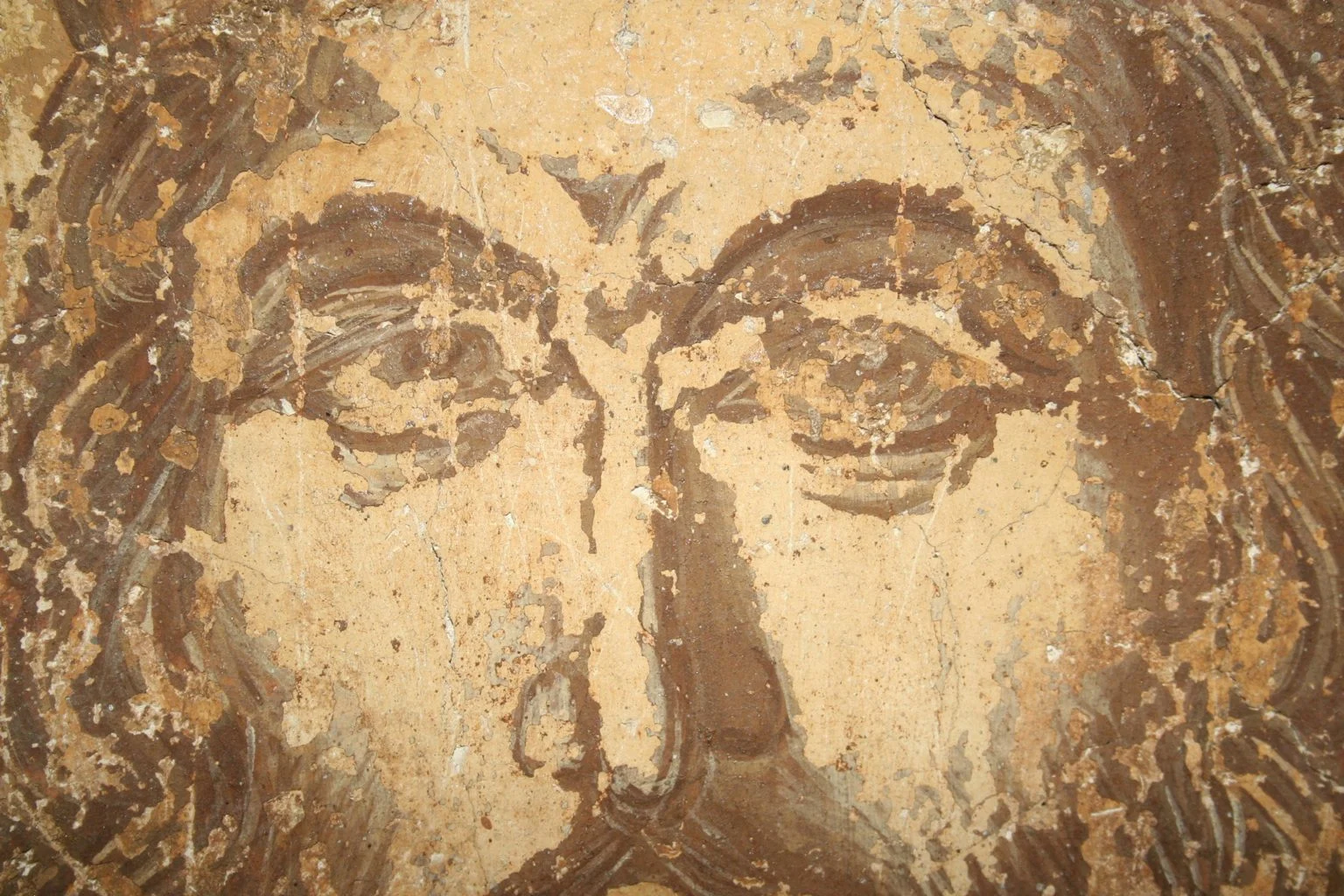
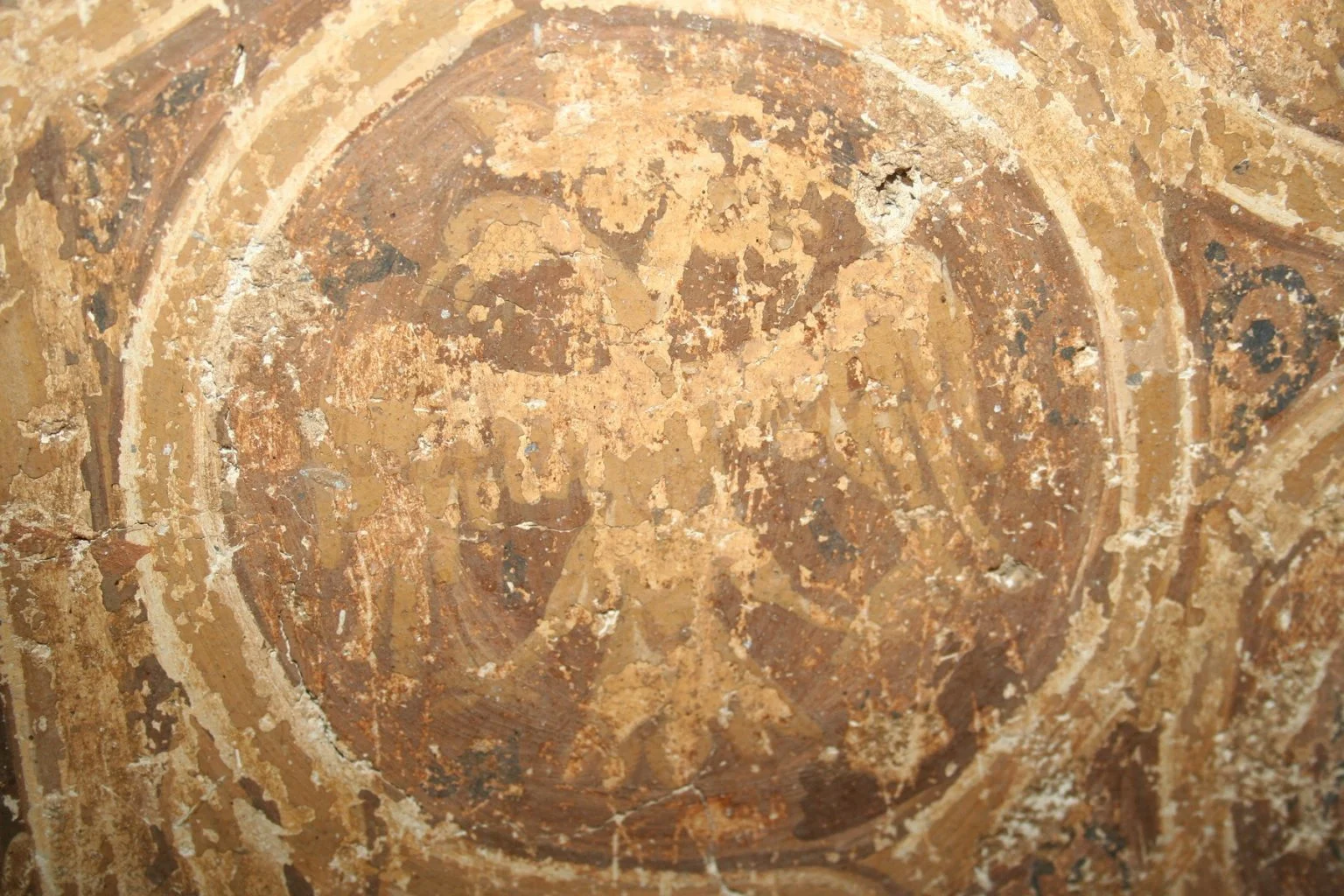
Connection to Mystras and Artistic Significance
The artwork is attributed to an artist from Mystras, a town deeply tied to Constantine XI’s life. Before ascending the throne, Constantine ruled as Despot of Morea from Mystras, a position he held for five years. The fresco was discovered during recent restoration efforts at the monastery, which had historical links to Constantine’s family. His brothers provided financial support to the monastery, cementing its role as a cultural and spiritual hub of the time.
Unique Artistic and Historical Value
Greek Minister of Culture Lina Mendoni has called the fresco an unparalleled find, describing it as the “only known depiction of Constantine XI Palaiologos created during his lifetime.” Given his short reign and the subsequent fall of Constantinople in 1453, very few portraits of the emperor exist. Mendoni emphasized that the artist likely painted the emperor based on personal observation, providing an authentic representation of his appearance.
The portrait captures Constantine XI as a mature man with refined facial features, exuding calmness and nobility. This rare discovery sheds light on the artistic practices of the late Byzantine era and offers a poignant glimpse into the historical and cultural legacy of Byzantium’s final days.
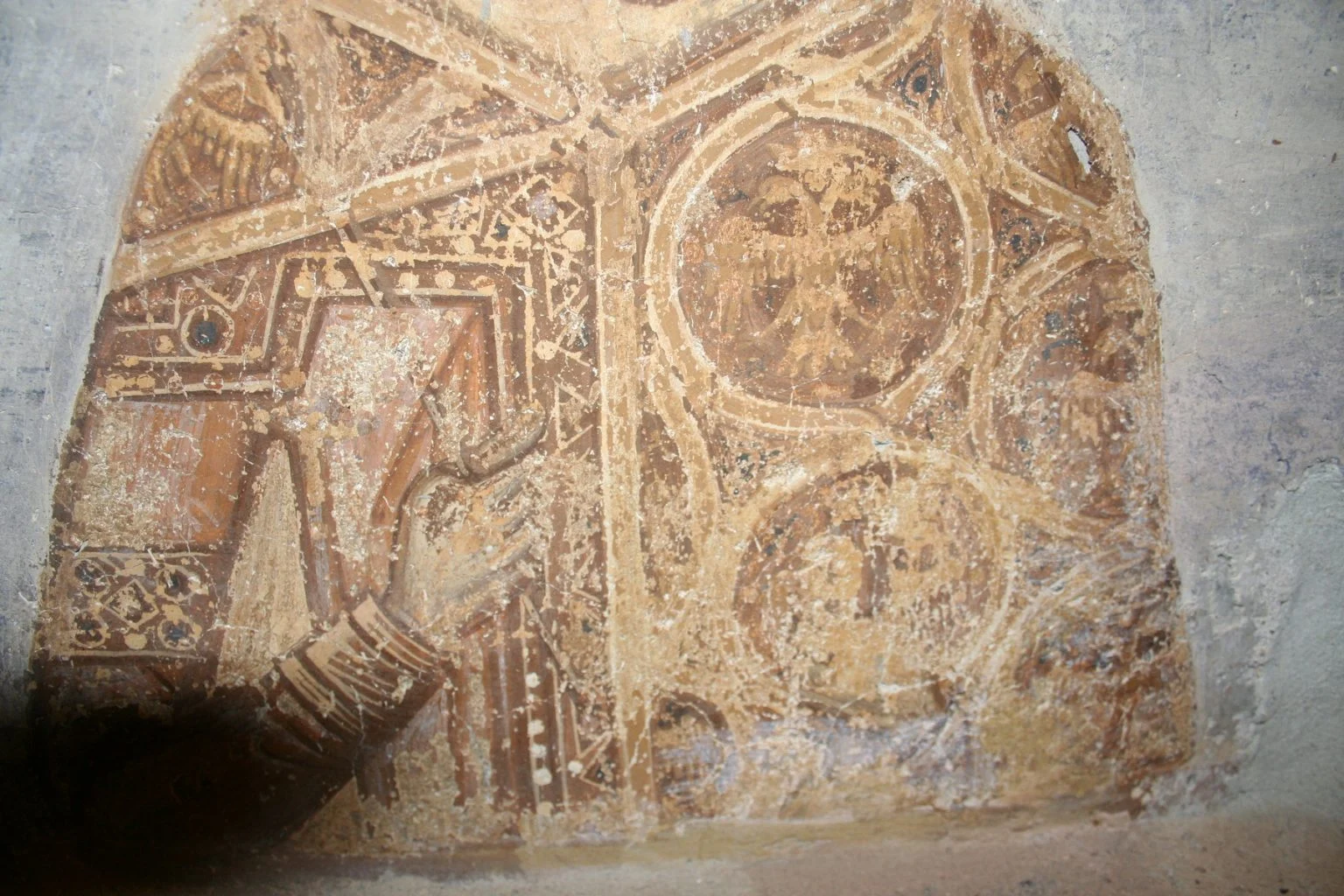
Historical and artistic significance
Greek Minister of Culture Lina Mendoni described the portrait as the “only known depiction of Constantine XI Palaiologos created during his lifetime.” The emperor’s brief reign resulted in very few surviving portraits. According to Mendoni, “The artist likely observed the emperor’s facial features directly, rather than relying on an official imperial portrait.”
The Greek Ministry of Culture has praised the fresco as an “authentic representation of the last Byzantine emperor’s physiognomy.” The portrait captures “a mature man with refined facial features, exuding calmness and nobility.” This rare discovery provides a unique glimpse into the historical and artistic legacy of Byzantium’s final days.
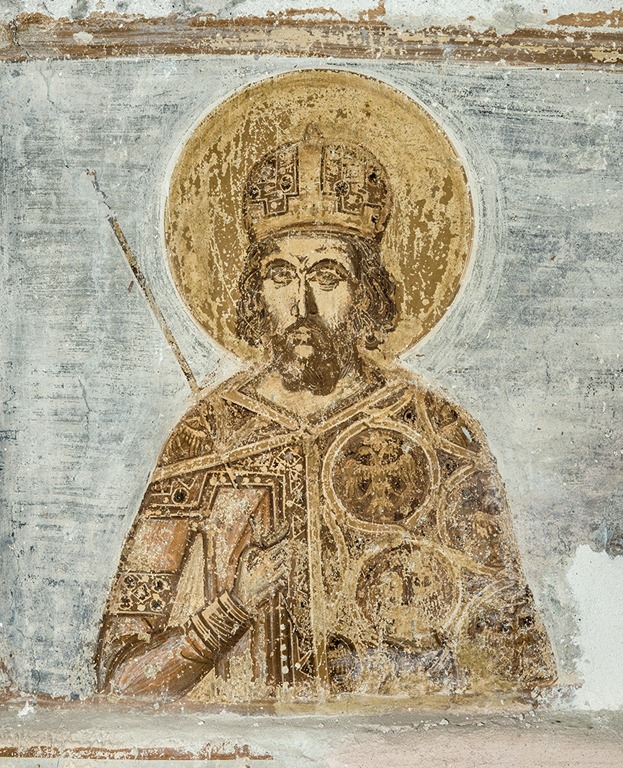
Legacy of Constantine XI Palaiologos
Born on February 8, 1405, in Mistra, Constantine XI was the fourth son of Emperor Manuel II Palaiologos and Helena Dragas. He became the last emperor of the Byzantine Empire, reigning from 1449 until his death on May 29, 1453, during the fall of Constantinople to the Ottomans. Known for his dedication to defending the empire against overwhelming odds, Constantine XI remains a symbol of resilience and courage in Greek history.
This newly uncovered fresco not only immortalizes the last emperor but also enriches our understanding of the final chapter of the Byzantine Empire. It stands as a testament to the artistic and cultural achievements of a civilization on the brink of monumental change.

